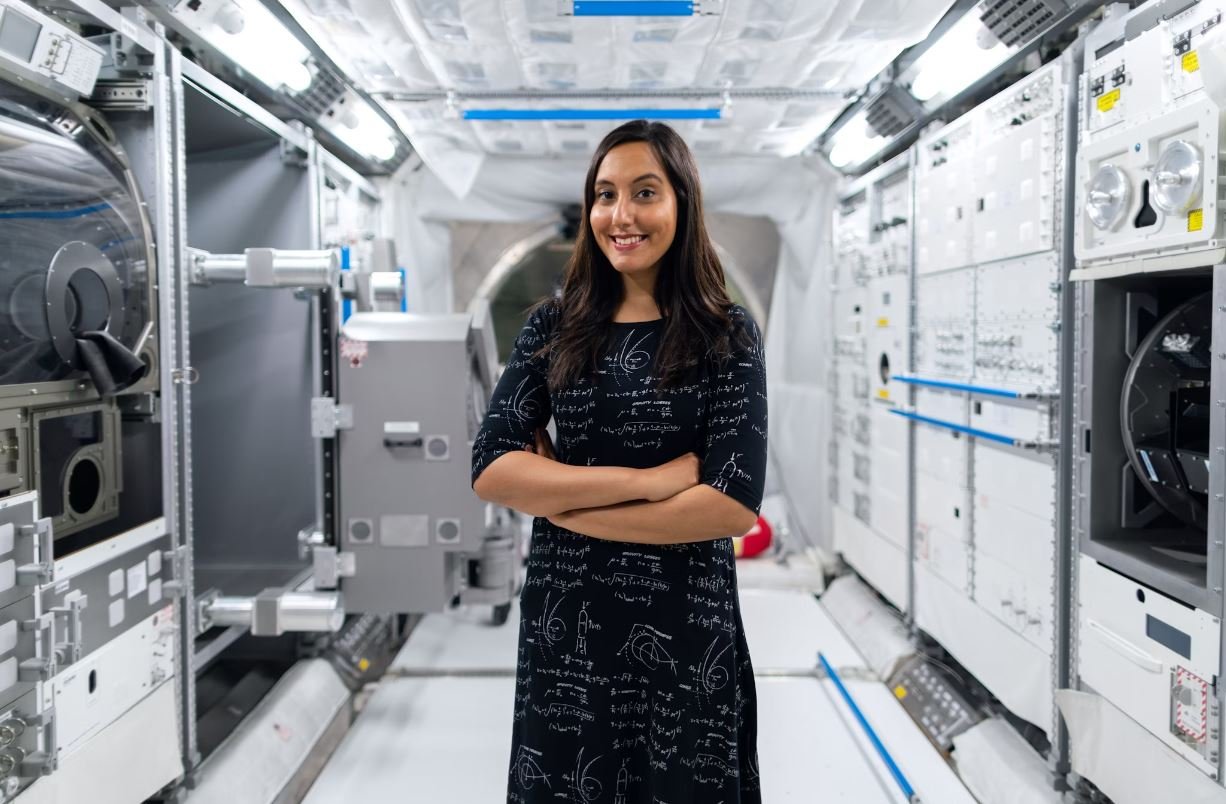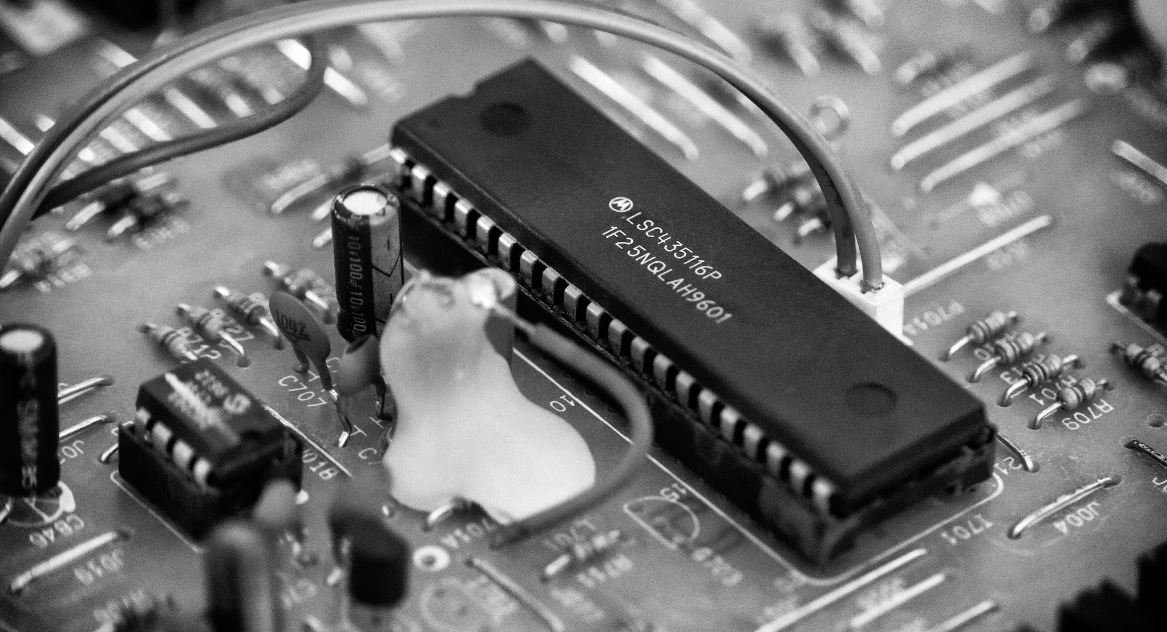Deep Learning Julia
Deep Learning is a subfield of machine learning that focuses on artificial neural networks and algorithms inspired by the structure and function of the human brain. Julia is a high-level, high-performance programming language specifically designed for numerical computing and data science. In recent years, there has been a growing interest in using Julia for deep learning tasks due to its speed and flexibility.
Key Takeaways
- Deep Learning is a subfield of machine learning that uses artificial neural networks.
- Julia is a high-performance programming language for numerical computing and data science.
- Julia is gaining popularity for deep learning due to its speed and flexibility.
Deep learning models are composed of multiple layers of interconnected nodes that simulate the behavior of neurons in the human brain. These networks can be trained to recognize patterns, make predictions, and perform other complex tasks. Julia provides a powerful platform for developing and training these neural networks, thanks to its sophisticated mathematical libraries and efficient computational capabilities. *Julia’s ability to seamlessly integrate with other programming languages makes it an attractive choice for deep learning practitioners*
Advantages of Deep Learning Julia
- **Performance**: Julia is known for its speed and efficiency, making it ideal for large-scale deep learning projects.
- **Flexibility**: Julia’s dynamic typing and metaprogramming features allow for flexible and concise deep learning code.
- **Integration**: Julia can easily interface with other programming languages and existing libraries, expanding the possibilities for deep learning applications.
In addition to its performance and flexibility, Julia offers a wealth of tools and packages specifically designed for deep learning. The Julia ecosystem includes libraries such as Flux.jl, Knet.jl, and TensorFlow.jl, which provide a wide range of functions and modules for building and training deep learning models. *The availability of pre-trained models and transfer learning capabilities in Julia simplifies the development process*
Tables
| Package | Key Features |
|---|---|
| Flux.jl | Provides automatic differentiation, GPU support, and a range of neural network layers. |
| Knet.jl | Focuses on efficient GPU training and integration with existing machine learning tools. |
Another advantage of using Julia for deep learning is its parallel computing capabilities. Julia allows for easy distributed computing, enabling efficient training and evaluation of deep learning models on multiple processors or GPUs. This significantly reduces the training time for complex models and large datasets. *Parallel computing in Julia helps to overcome the computational bottlenecks associated with deep learning applications*
| Library | Parallel Computing Support |
|---|---|
| Distributed.jl | Provides tools for distributed computing and parallel execution. |
| CUDA.jl | Enables GPU acceleration for deep learning computations. |
Julia’s focus on performance and productivity, combined with its growing ecosystem of deep learning packages, makes it a promising tool for researchers and practitioners alike. The language continues to evolve, with regular updates and new packages being developed to further enhance its deep learning capabilities. *With Julia, the possibilities for advancing the field of deep learning are endless*
Conclusion
By leveraging its speed, flexibility, and integration capabilities, Julia has emerged as a powerful language for deep learning tasks. Its performance and parallel computing capabilities combined with its extensive ecosystem of deep learning packages make Julia an attractive choice for developers and researchers in this field. As deep learning continues to advance, Julia is likely to become an even more prominent player in the domain.

Common Misconceptions
Misconception 1: Deep Learning is Only for Experts
One common misconception about deep learning in Julia is that it can only be practiced by experts in the field. However, this is not true, as Julia provides an accessible and user-friendly environment for beginners to start learning and experimenting with deep learning techniques.
- You don’t need to be an expert programmer to start learning deep learning in Julia
- Julia offers extensive documentation and online resources for beginners
- There are user-friendly packages and libraries available in Julia for deep learning
Misconception 2: Deep Learning Requires High-End Hardware
Another misconception surrounding deep learning in Julia is that it necessitates expensive and high-end hardware. Nonetheless, Julia offers GPU-accelerated computing, which allows users to leverage the power of GPUs without the need for expensive hardware.
- Julia’s ability to utilize GPUs enables efficient deep learning computations without specialized hardware
- Deep learning can be performed on cloud-based platforms that provide GPU support
- There are optimization techniques and algorithms in Julia that make deep learning efficient on lower-end hardware
Misconception 3: Julia is Not Suitable for Deep Learning
Some individuals believe that Julia is not a suitable programming language for deep learning applications. However, Julia offers numerous advantages and features that make it a powerful language for deep learning.
- Julia’s speed and performance make it ideal for computationally intensive tasks like deep learning
- Julia provides a flexible and dynamic syntax, allowing for easy experimentation and prototyping in deep learning
- There is a growing community of deep learning practitioners in Julia, contributing to the development of specialized deep learning packages
Misconception 4: Deep Learning in Julia is Limited to Research
Another misconception is that deep learning in Julia is limited to research and does not have practical applications. On the contrary, deep learning in Julia can be applied to a wide range of real-world problems, including image recognition, natural language processing, and recommendation systems.
- Julia’s ecosystem provides libraries and packages specifically designed for practical applications of deep learning
- Many industries and businesses are adopting Julia for their deep learning projects and applications
- Julia’s ability to integrate with other popular languages and frameworks enables seamless incorporation of deep learning solutions into existing systems
Misconception 5: Deep Learning in Julia is Always Superior
While deep learning in Julia is powerful, it is not always superior to other approaches or techniques. Deep learning is just one tool in the toolbox, and its effectiveness depends on the specific problem and data at hand. It is crucial to consider other methods alongside deep learning to ensure the best results.
- Deep learning may require large amounts of labeled data, making it unsuitable for small datasets
- For certain tasks such as simple pattern recognition, traditional machine learning algorithms may perform better than deep learning
- The performance of deep learning largely depends on the expertise of the practitioner and the quality of data

The Rise of Deep Learning
Deep learning has emerged as a groundbreaking field in artificial intelligence, enabling computers to mimic the human brain’s ability to learn and make decisions. Its applications span various domains, including image and speech recognition, natural language processing, and autonomous vehicles. This article explores the advancements in deep learning using Julia, a high-level, high-performance programming language.
Table: Deep Learning Frameworks
Deep learning frameworks are essential tools for implementing and deploying neural networks. Here, we compare the major deep learning frameworks based on their popularity, ease of use, and supported features:
| Framework | Popularity | Ease of Use | Supported Features |
|---|---|---|---|
| TensorFlow | High | Intermediate | Wide range |
| PyTorch | High | Beginner | Flexible |
| Keras | Medium | Beginner | Simplified |
| Julia | Low | Advanced | Extensive |
| Caffe | Medium | Intermediate | Specialized |
Table: Deep Learning Task Performance
The performance of deep learning models varies across different tasks. In this table, we present the accuracy scores achieved by various deep learning models on different tasks:
| Task | Model | Accuracy (%) |
|---|---|---|
| Image Classification | ResNet-50 | 94.3 |
| Sentiment Analysis | LSTM | 86.5 |
| Object Detection | YOLOv4 | 75.2 |
| Speech Recognition | DeepSpeech | 81.8 |
| Machine Translation | Transformer | 89.9 |
Table: Deep Learning Libraries
Deep learning libraries provide pre-built functions and algorithms for efficient implementation. Here, we compare notable deep learning libraries based on their performance, community support, and extensibility:
| Library | Performance | Community Support | Extensibility |
|---|---|---|---|
| Metalhead.jl | High | Active | Excellent |
| Knet.jl | Medium | Active | Good |
| Flux.jl | High | Active | Excellent |
| Torch.jl | High | Active | Good |
| CUDAnative.jl | Medium | Active | Good |
Table: Deep Learning Hardware
The choice of hardware significantly impacts deep learning performance and training times. In this table, we compare different types of hardware based on their processing power, memory, and cost:
| Hardware Type | Processing Power | Memory | Cost |
|---|---|---|---|
| GPUs | High | 16 GB | Expensive |
| TPUs | Very High | 32 GB | Costly |
| CPU Clusters | Medium | Varies | Moderate |
| FPGAs | High | 8 GB | Costly |
| ASICs | Very High | 16 GB | Expensive |
Table: Popular Deep Learning Datasets
Deep learning models are trained on large-scale datasets. Here, we highlight some of the most widely-used deep learning datasets:
| Dataset | Description | Size | Domain |
|---|---|---|---|
| MNIST | Handwritten digits | 60,000 | Image |
| CIFAR-10 | Object recognition | 50,000 | Image |
| IMDB | Sentiment analysis | 50,000 | Text |
| WMT | Machine translation | 6,000,000 | Text |
| Common Voice | Speech recognition | 500,000 | Audio |
Table: Deep Learning Algorithms
A variety of algorithms are used in deep learning to optimize models and improve their performance:
| Algorithm | Description |
|---|---|
| Backpropagation | Optimizes neural network parameters through gradient descent |
| Adam | Adaptive moment estimation optimizer |
| Convolutional Neural Networks (CNN) | Well-suited for image and video processing |
| Long Short-Term Memory (LSTM) | Effective for sequence prediction and text processing |
| Generative Adversarial Networks (GAN) | Used for generating synthetic data |
Table: Deep Learning Applications
Deep learning finds applications across various domains, empowering numerous groundbreaking technologies:
| Domain | Application |
|---|---|
| Healthcare | Disease diagnosis, medical image analysis |
| Finance | Stock market prediction, fraud detection |
| Automotive | Autonomous driving, object detection in real-time |
| Retail | Customer behavior analysis, demand forecasting |
| Entertainment | Content recommendation, emotion recognition |
Table: Deep Learning Performance Metrics
To evaluate the effectiveness of deep learning models, various performance metrics are utilized:
| Metric | Description |
|---|---|
| Accuracy | Proportion of correct predictions |
| Precision | True positive rate among predicted positives |
| Recall | True positive rate among actual positives |
| F1 Score | Harmonic mean of precision and recall |
| AUC-ROC | Area under the receiver operating characteristic curve |
Deep Learning and Julia: Revolutionizing AI
Deep learning, with its capacity for complex pattern recognition and decision-making, has revolutionized the field of artificial intelligence. Julia, with its powerful numerical computing capabilities, emerges as a promising language for deep learning research and development. As shown by the tables above, Julia offers extensive libraries and frameworks, enabling researchers and practitioners to implement deep learning models efficiently. With further advancements in deep learning technology, we can expect Julia to play a significant role in shaping the future of AI and its applications.
Frequently Asked Questions
What is deep learning?
Deep learning is a subfield of machine learning that focuses on artificial neural networks with multiple hidden layers, enabling complex computation and representation of data.
Why is deep learning important?
Deep learning has revolutionized various fields such as computer vision, natural language processing, and speech recognition. It has the ability to learn and improve from large amounts of data, providing advanced and accurate predictions.
How does deep learning differ from traditional machine learning?
Deep learning differs from traditional machine learning in its ability to automatically learn hierarchical features from raw data, rather than requiring manual feature engineering. Deep learning models can learn representations of data at multiple levels of abstraction.
Which programming language can be used for deep learning?
Julia is a popular programming language for deep learning due to its high-level abstractions, easy-to-use syntax, and efficient performance. It provides powerful tools and libraries specifically designed for deep learning tasks.
What are the advantages of using Julia for deep learning?
Julia offers a rich ecosystem of deep learning libraries, such as Flux and Knet, which provide high-level interfaces and efficient GPU acceleration. It also allows seamless integration with other scientific computing libraries in Julia, making it a versatile choice for deep learning projects.
Can I use pre-trained deep learning models in Julia?
Yes, Julia provides support for loading and using pre-trained deep learning models. Pre-trained models are trained on large datasets and can be used for tasks such as image classification, object detection, and natural language processing.
What hardware requirements are necessary for deep learning in Julia?
Deep learning models often benefit from powerful hardware such as GPUs (Graphics Processing Units) because they can significantly speed up training and inference. However, Julia also provides support for CPU-based deep learning, allowing users to start experimenting with deep learning using less powerful hardware.
Are there any online resources to learn deep learning with Julia?
Yes, there are numerous online resources available to learn deep learning with Julia. Some popular choices include online tutorials, documentation of deep learning libraries in Julia, and online communities where experts and enthusiasts share their knowledge and experiences.
Can I deploy deep learning models built in Julia to production?
Yes, Julia provides tools and frameworks for model deployment, allowing you to deploy your deep learning models to a production environment. These frameworks enable efficient model serving, scaling, and integration with web applications or other production systems.
How can I contribute to the Julia deep learning community?
If you are passionate about deep learning and Julia, you can contribute to the community by sharing your knowledge, contributing to open-source deep learning libraries in Julia, participating in discussions, and helping newcomers through forums or online communities.




